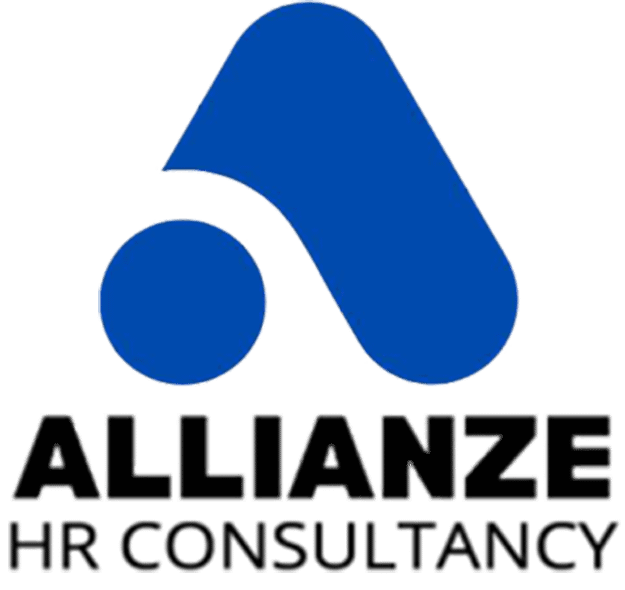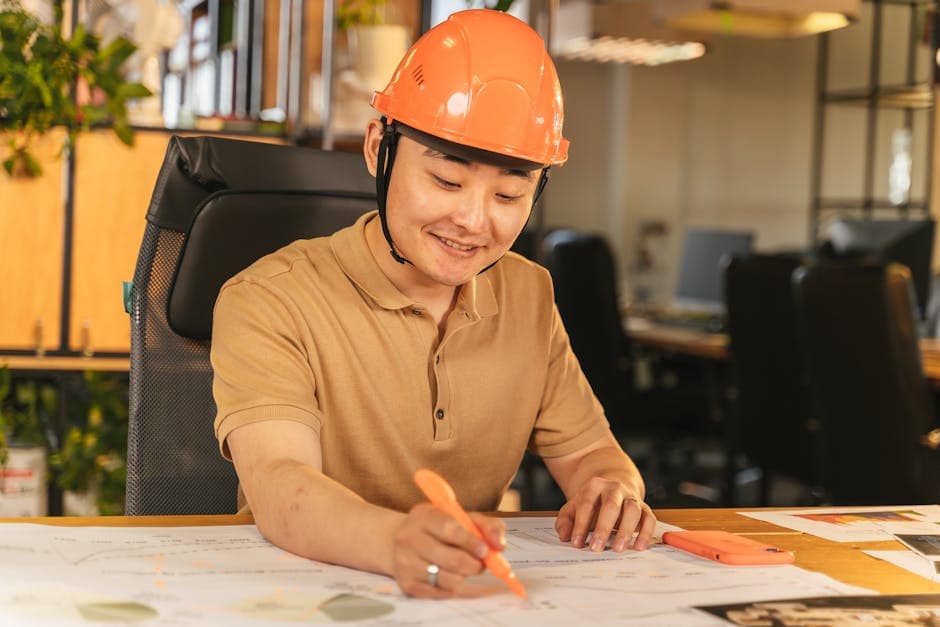Worker welfare for safety
Understanding Worker welfare for safety
Worker welfare for safety officers in the UAE is a critical professional discipline. It merges occupational health with comprehensive employee care. This approach ensures both physical safety and psychological well-being.
However, the role extends beyond simple compliance. It creates a holistic culture of care. This culture directly enhances productivity and reduces workplace incidents.
Additionally, the UAE’s dynamic construction and industrial sectors demand robust frameworks. These frameworks protect a diverse multinational workforce. Therefore, the safety officer’s mandate is both legal and ethical.
Furthermore, local regulations like UAE Labour Law provide a strong foundation. They mandate specific welfare provisions for all employees. Consequently, understanding these laws is the first step toward effective implementation.
Worker welfare for safety Benefits
Implementing strong worker welfare for safety programs yields significant returns. These benefits impact both employees and the organization positively.
Firstly, employee morale and job satisfaction see marked improvement. Workers feel valued and protected in their environment. This leads to higher retention rates and lower recruitment costs.
Secondly, operational efficiency increases substantially. A healthy, safe workforce experiences fewer disruptions. Therefore, project timelines are more reliably met.
Moreover, companies bolster their corporate reputation. They are seen as employers of choice and responsible entities. This enhances their ability to win contracts and attract talent.
Finally, legal and financial risks are significantly mitigated. Proactive compliance avoids heavy fines and project stoppages. It also reduces insurance premiums and compensation claims.
How Worker welfare for safety Works
The practical application of worker welfare for safety involves systematic processes. Safety officers act as the central coordinators for these efforts.
They begin with thorough risk assessments and hazard identification. This proactive step identifies potential physical and psychological stressors. Next, they develop and implement control measures.
Additionally, continuous monitoring and audits are essential. These activities ensure that welfare standards are consistently maintained. They also identify areas for ongoing improvement.
Furthermore, incident investigation and response form a core component. When accidents or near-misses occur, a robust system analyzes the root cause. This analysis prevents future recurrences.
Consequently, the role is cyclical and always evolving. It requires constant vigilance and adaptation to new challenges. For more detailed frameworks, consult our professional resources.
Best Worker welfare for safety Practices
Adopting industry best practices is crucial for program success. These methods are proven to deliver superior outcomes for worker welfare.
First, leadership commitment and visible support are non-negotiable. When management champions safety and welfare, the entire organization follows. This top-down approach embeds safety into the corporate culture.
Second, comprehensive and continuous training is vital. Employees and managers must understand protocols and their importance. Regular drills and refresher courses keep knowledge current.
Moreover, transparent communication channels must be established. Workers need safe ways to report concerns without fear of reprisal. This feedback loop is invaluable for proactive risk management.
Specifically, consider the extreme summer heat in the UAE. Best practices include enforced hydration breaks and shaded rest areas. These measures align with World Health Organization workplace standards.
Worker welfare for safety Implementation
Successful implementation requires a structured and phased approach. A clear plan turns policy into tangible on-site reality.
Begin with a gap analysis against current operations. Compare existing practices against International Labour Organization guidelines and local law. This identifies priority areas for action.
Next, develop clear policies and standard operating procedures. Document everything from emergency response to daily welfare checks. Ensure these documents are accessible to all staff.
Then, deploy the necessary resources and infrastructure. This includes personal protective equipment, first-aid stations, and clean rest facilities. It also involves budgeting for training and program management.
Finally, launch the program with a clear communication campaign. Announce the new standards and train everyone on their roles. For tailored support, you can schedule appointment with our specialists.
Advanced Worker welfare for safety Strategies
Moving beyond basic compliance unlocks new levels of organizational resilience. Advanced strategies integrate technology and predictive analytics.
For example, wearable technology can monitor worker vitals in real-time. This is particularly relevant for heat stress management in the Gulf climate. Alerts can be triggered before a health incident occurs.
Additionally, predictive analytics use historical data to foresee risks. They analyze incident reports and near-miss data to identify patterns. This allows for pre-emptive interventions.
Moreover, psychological safety programs are gaining prominence. These initiatives address mental health, stress, and fatigue. They create an environment where employees feel safe to speak up.
Furthermore, integrating with global frameworks enhances credibility. Aligning with World Bank economic reports on productivity can strengthen your business case.
Worker welfare for safety Success Tips
Achieving lasting success in this field requires consistent effort. These practical tips can help safety officers excel in their roles.
Always lead with empathy and cultural sensitivity. The UAE’s workforce is incredibly diverse. Understanding different cultural perspectives on safety is crucial.
Build strong relationships with frontline workers and supervisors. They possess the most accurate, ground-level knowledge of daily hazards. Their buy-in is essential for any initiative to work.
Celebrate successes and recognize safe behaviors publicly. Positive reinforcement is more effective than focusing solely on violations. It builds a proactive safety culture.
Stay updated on regulatory changes from the UAE government employment regulations portal. Regulations can evolve, and compliance is a moving target. Continuous learning is key.
Future of Worker welfare for safety
The landscape of worker welfare is poised for significant transformation. Emerging trends will redefine the safety officer’s role in the coming years.
Artificial Intelligence and IoT will become standard tools. AI will automate hazard detection and risk assessment processes. IoT sensors will monitor environmental conditions continuously.
Furthermore, the focus will shift towards holistic well-being. Programs will integrate physical, mental, and financial health support. The worker will be viewed as a whole person.
Additionally, globalization will drive standardization. As companies operate across borders, they will adopt universal welfare benchmarks. This aligns with U.S. Department of Commerce trade information on international best practices.
Consequently, the safety professional must become a strategic business partner. Their insights will directly influence corporate strategy and sustainable growth.
Frequently Asked Questions
What are the legal requirements for worker welfare for safety officers in the UAE?
The UAE Labour Law (Federal Law No. 33 of 2021) mandates key requirements. These include suitable accommodation, safe transportation, and medical insurance. Additionally, specific ministerial decrees cover working in extreme heat. Compliance is mandatory for all companies operating in the UAE.
How can a safety officer measure the effectiveness of a welfare program?
Effectiveness is measured through key performance indicators. Track metrics like incident rates, lost-time injuries, and staff turnover. Furthermore, conduct regular employee satisfaction and perception surveys. A positive trend in these metrics indicates a successful program.
What is the biggest challenge in implementing worker welfare for safety?
The most common challenge is securing adequate budget and management buy-in. Often, welfare is seen as a cost, not an investment. Overcoming this requires presenting a strong business case that links welfare to productivity and risk reduction.
Are there specific welfare concerns for the UAE’s climate?
Yes, heat stress is the primary climate-related concern. Mandatory midday breaks during summer months are legally required. Programs must enforce hydration, provide shaded rest areas, and schedule strenuous tasks for cooler parts of the day.
How does worker welfare impact company profitability?
It directly boosts profitability in several ways. It reduces costs associated with accidents, absenteeism, and employee turnover. Moreover, it increases productivity and enhances the company’s reputation. This makes it easier to secure projects and attract top talent.
Where can I get expert help for developing a welfare program?
Specialist HR and consultancy firms offer expert guidance. They can conduct audits, develop customized policies, and provide training. For professional assistance, you can request an expert consultation to address your specific needs.
Conclusion
Worker welfare for safety is a strategic imperative in the modern UAE. It transcends basic legal compliance to become a core business value. A robust program protects an organization’s most valuable asset: its people.
Therefore, investing in comprehensive welfare systems yields undeniable returns. It fosters a resilient, productive, and loyal workforce. This foundation is essential for sustainable growth and long-term success.
The role of the safety officer is more critical than ever. They are the guardians of well-being and the architects of a positive safety culture. Their work ensures that businesses thrive while people remain safe and valued.
Begin strengthening your organization’s framework today. Take the first step towards excellence in worker welfare for safety. Contact our experts to build a safer, more productive future for your team.



